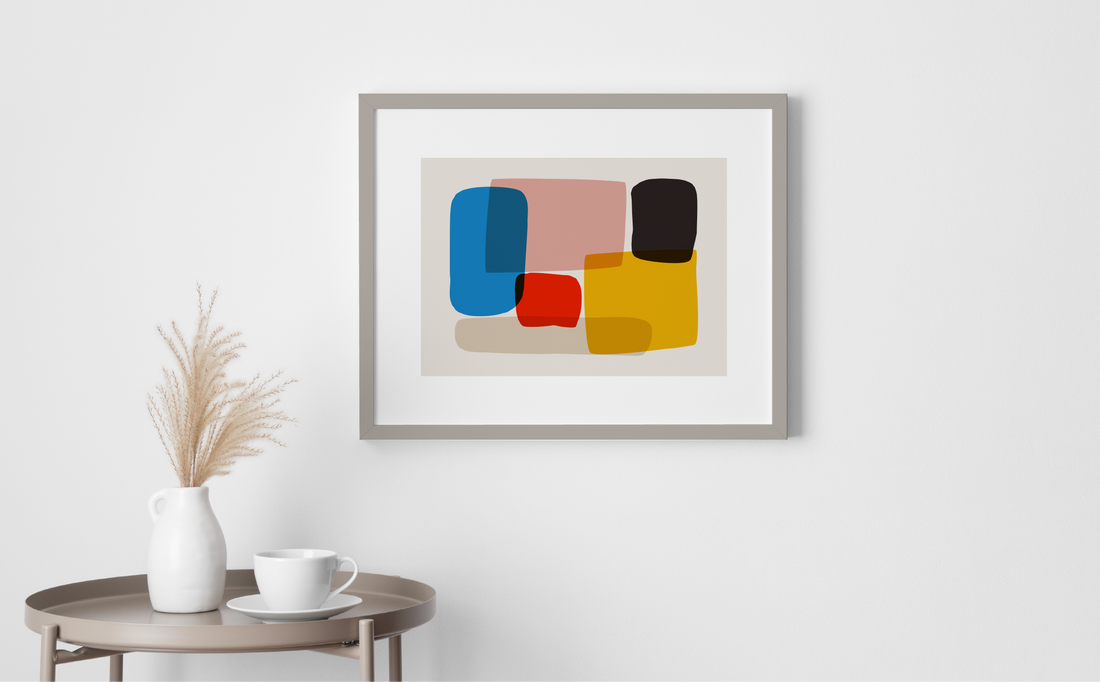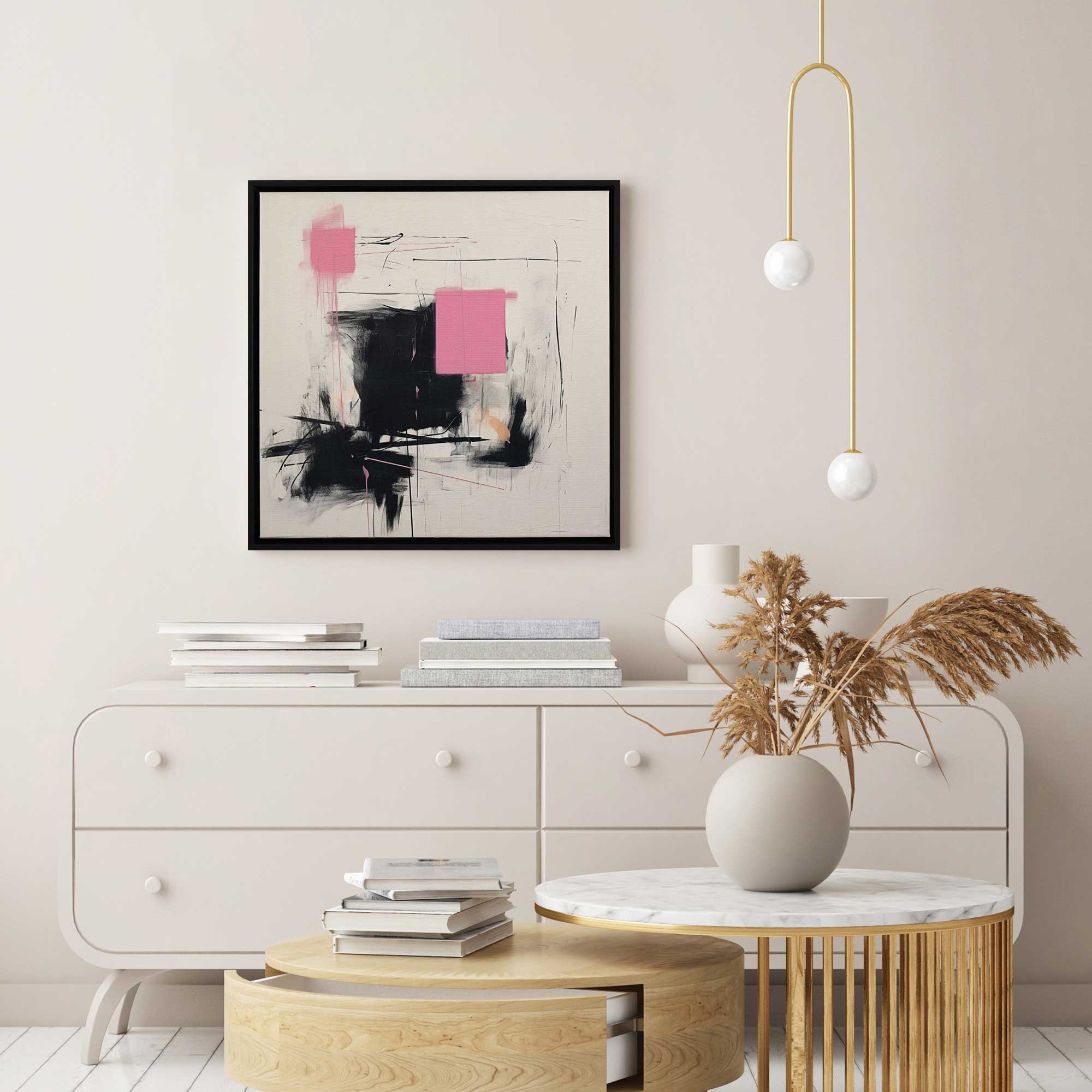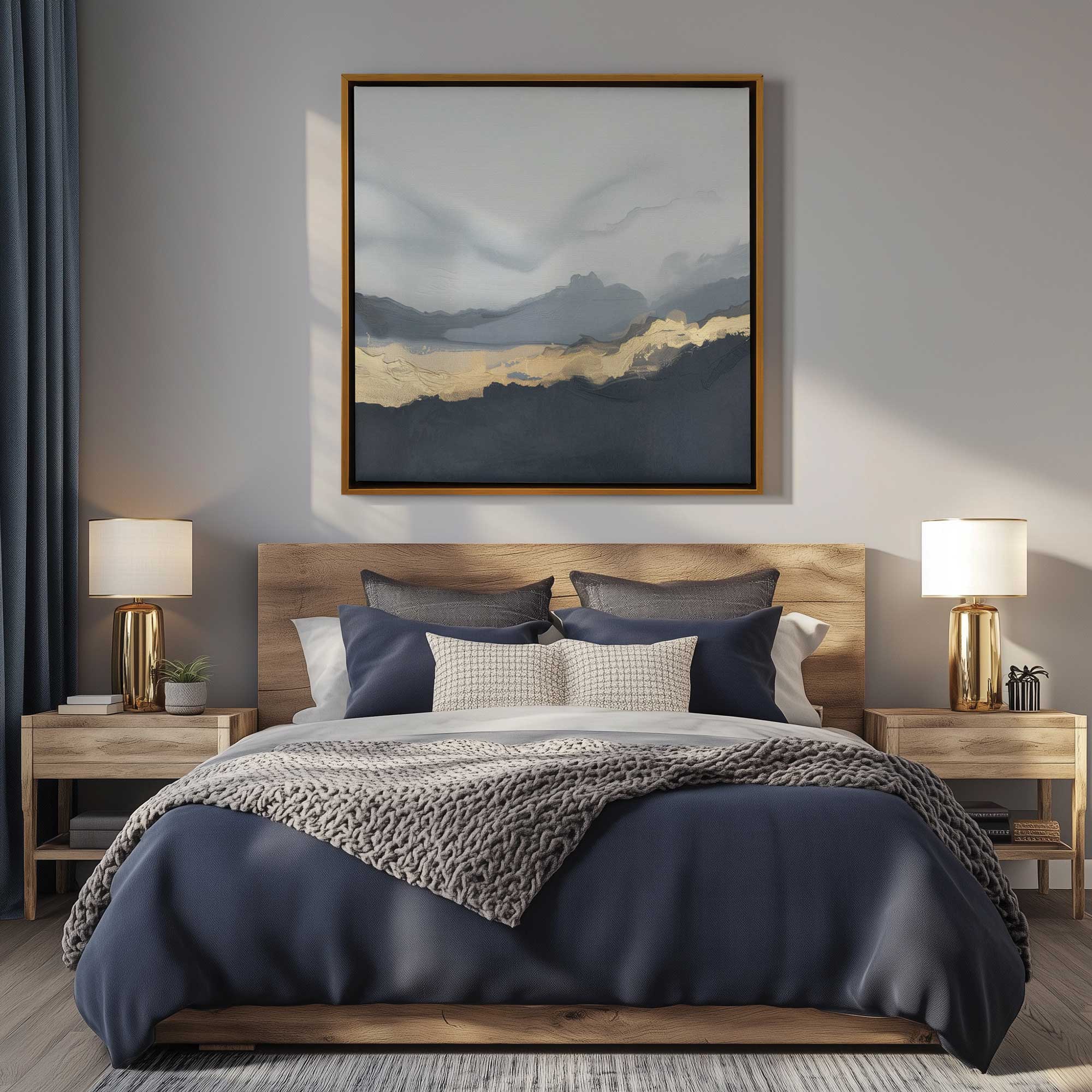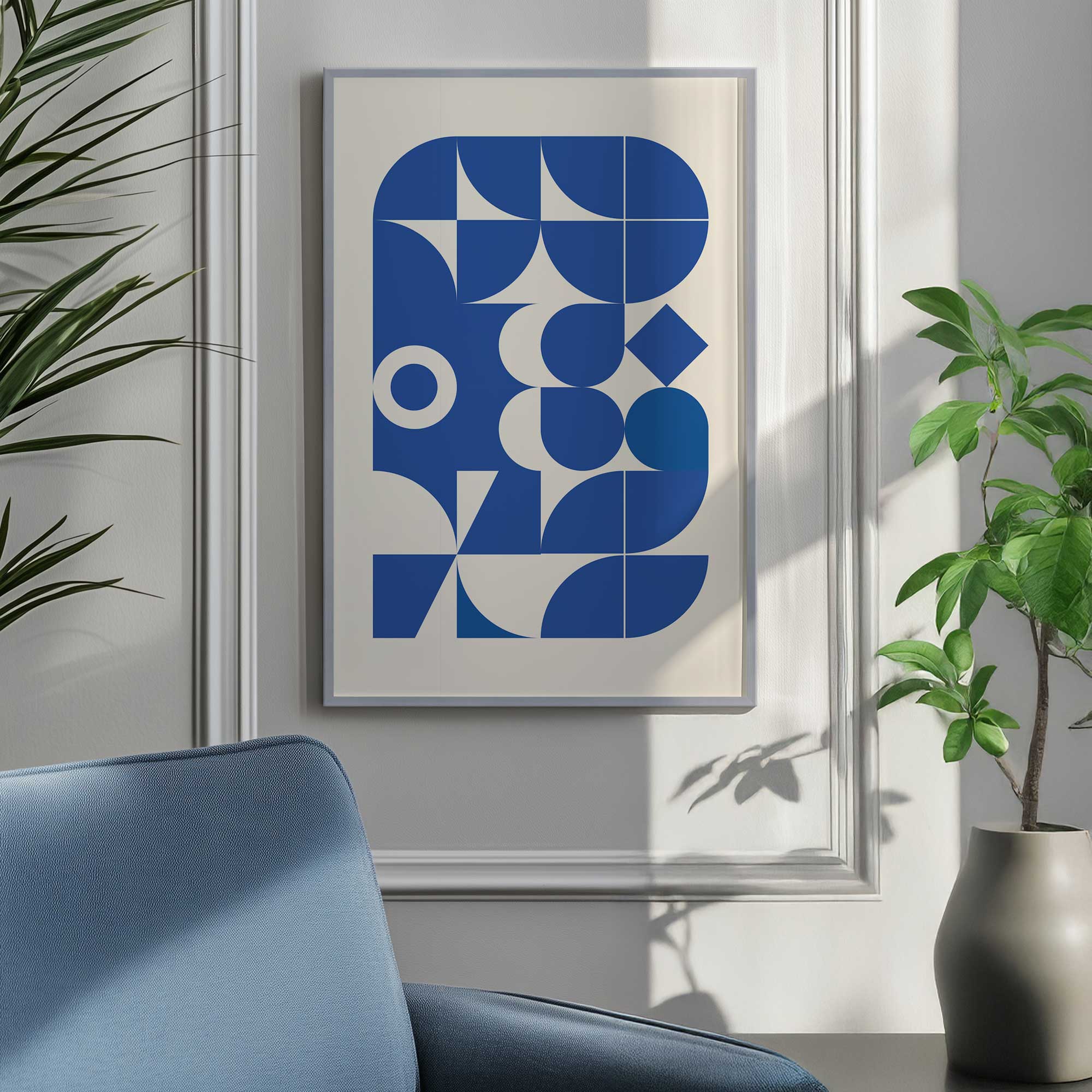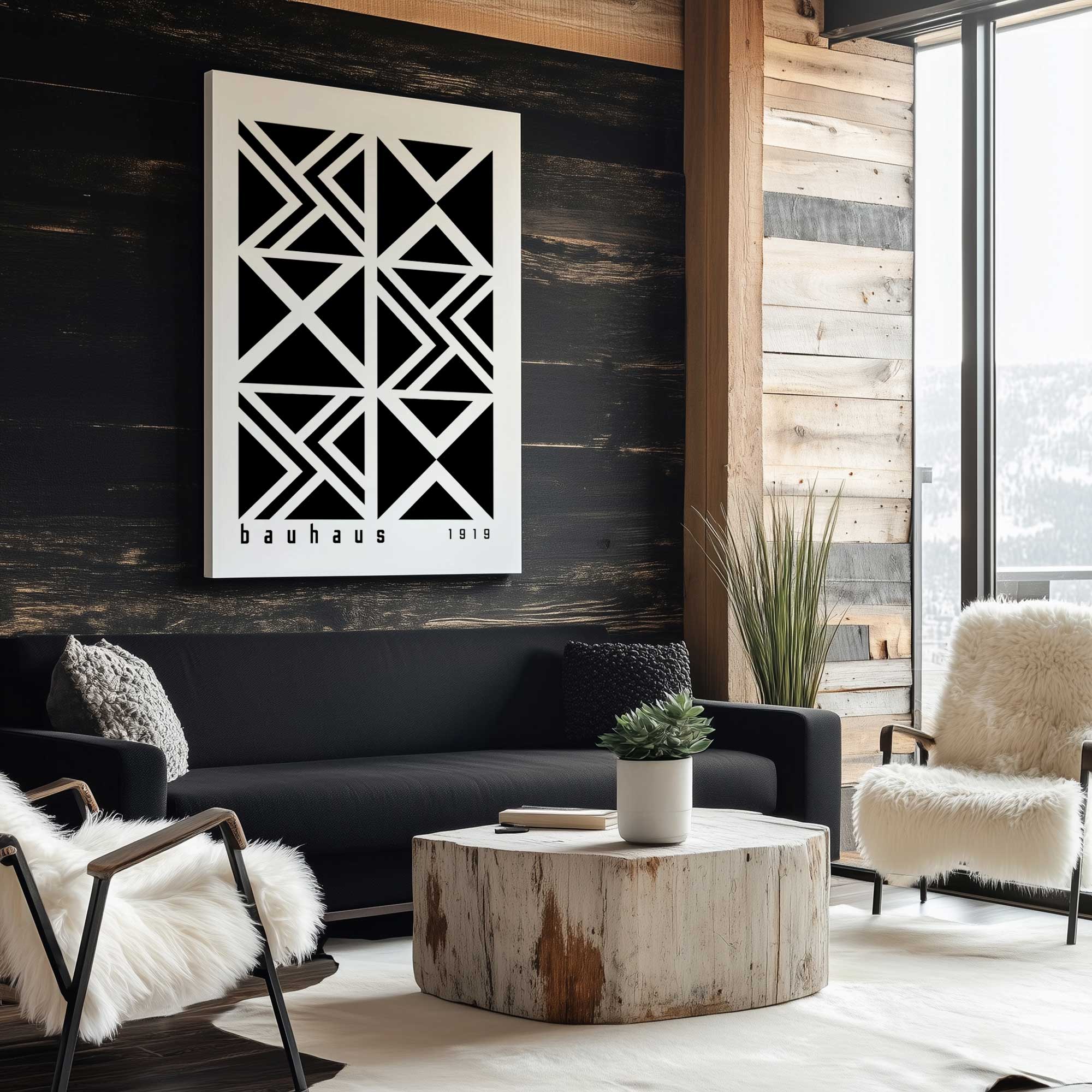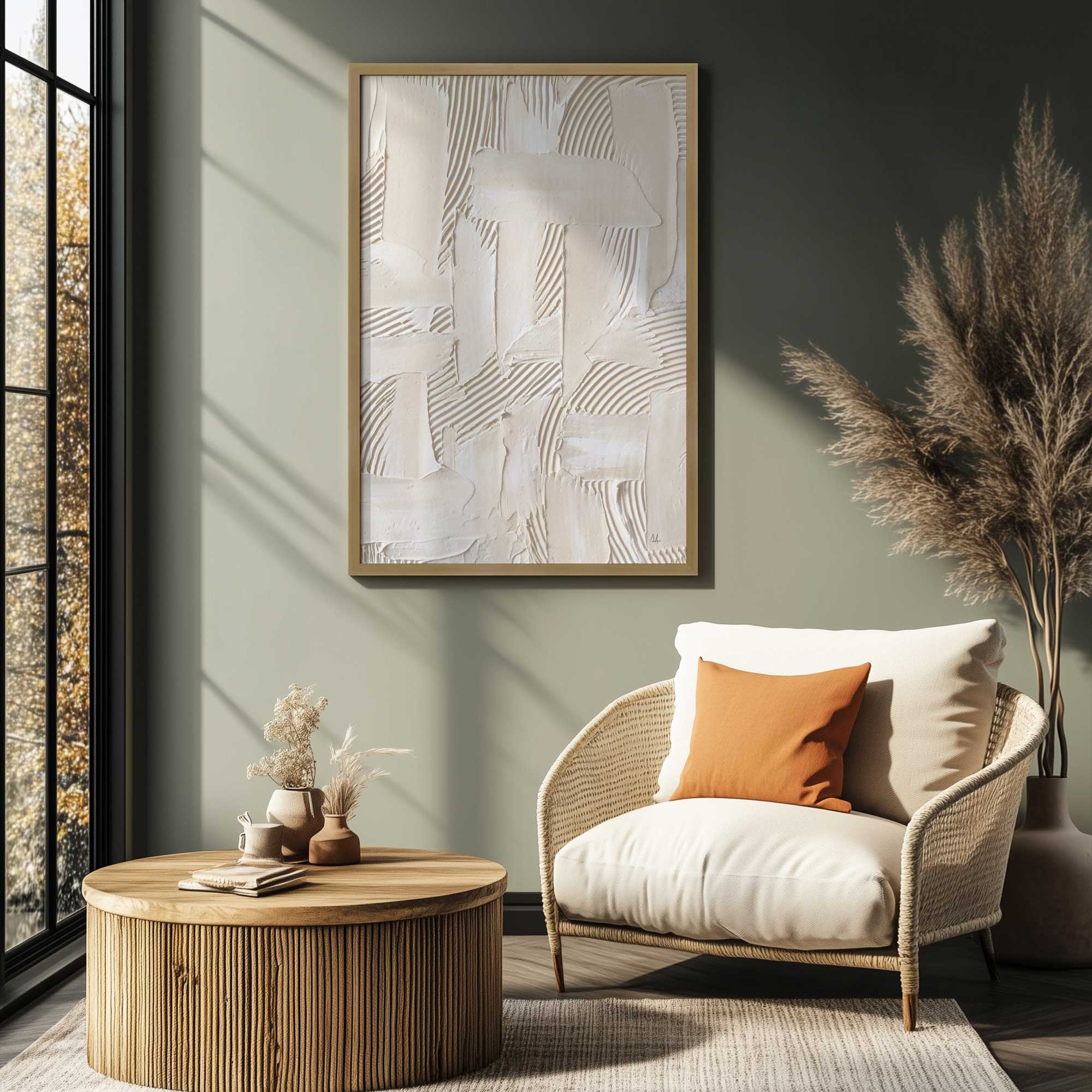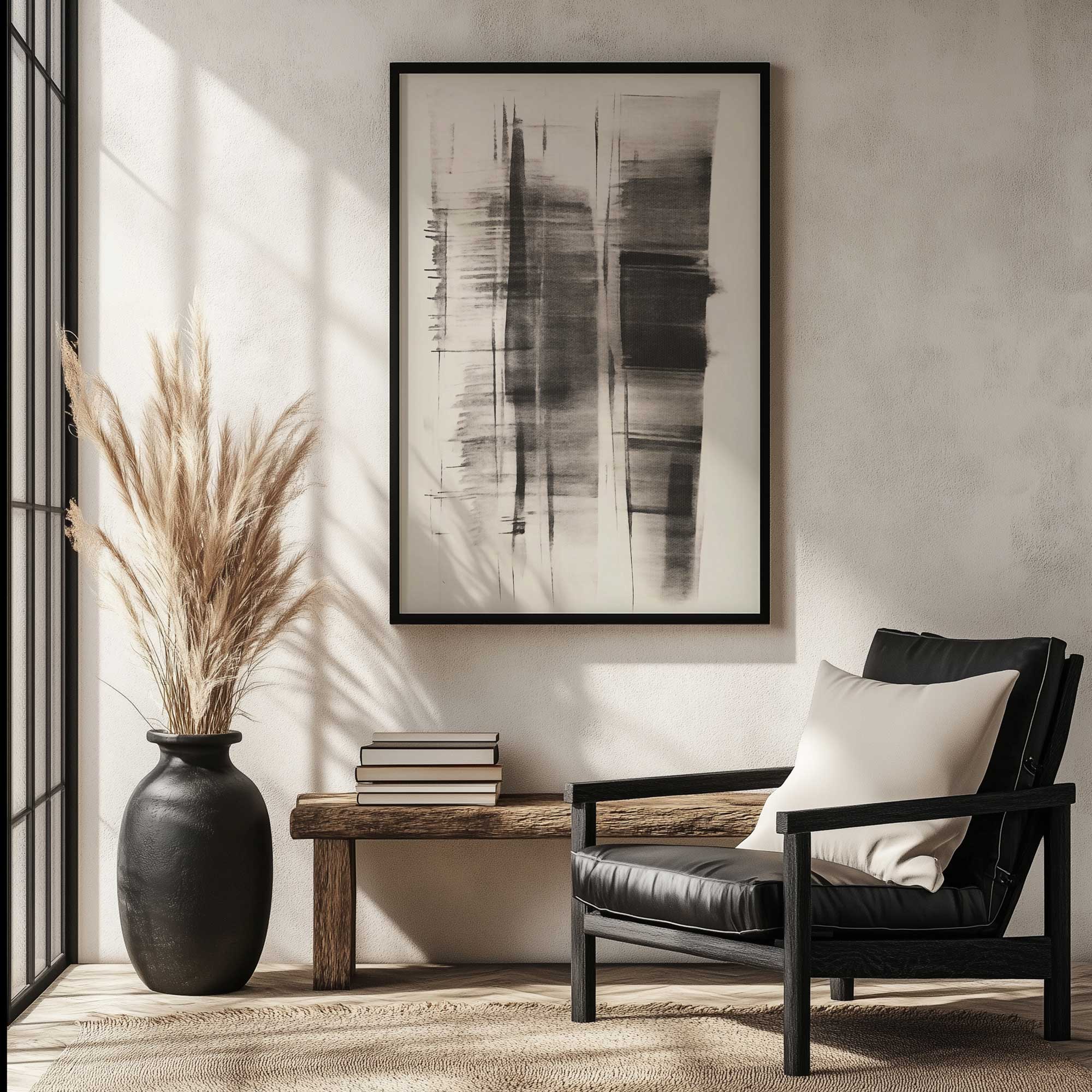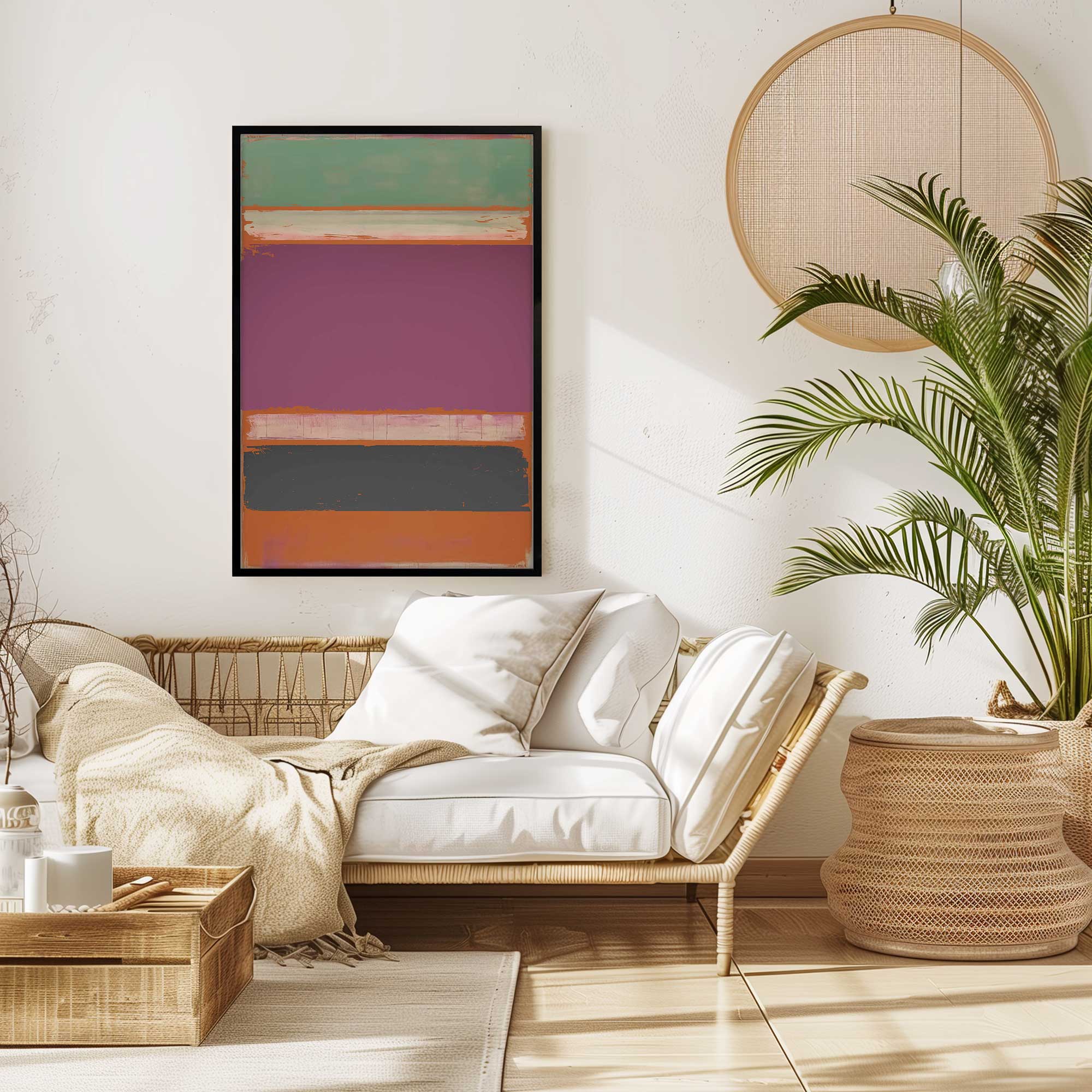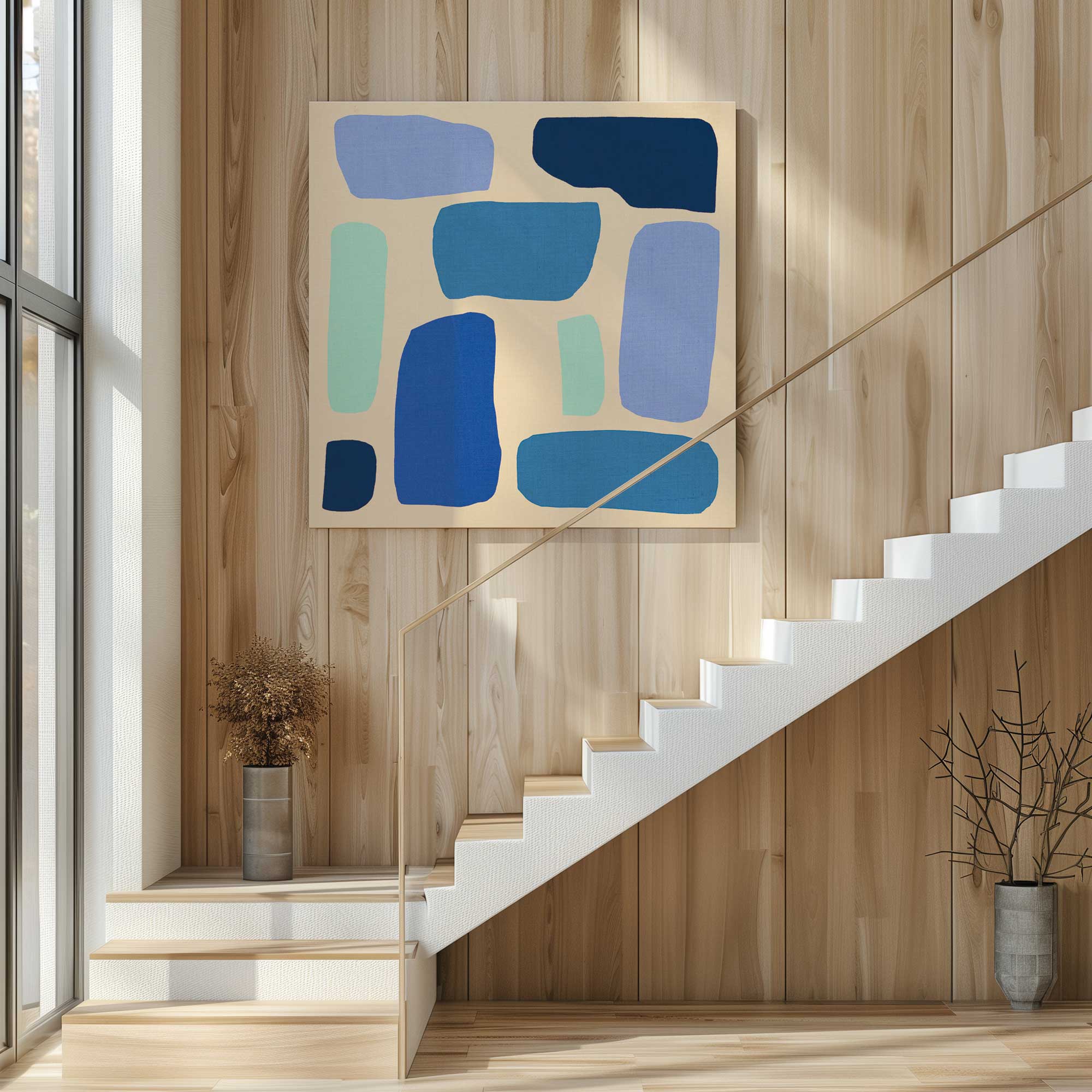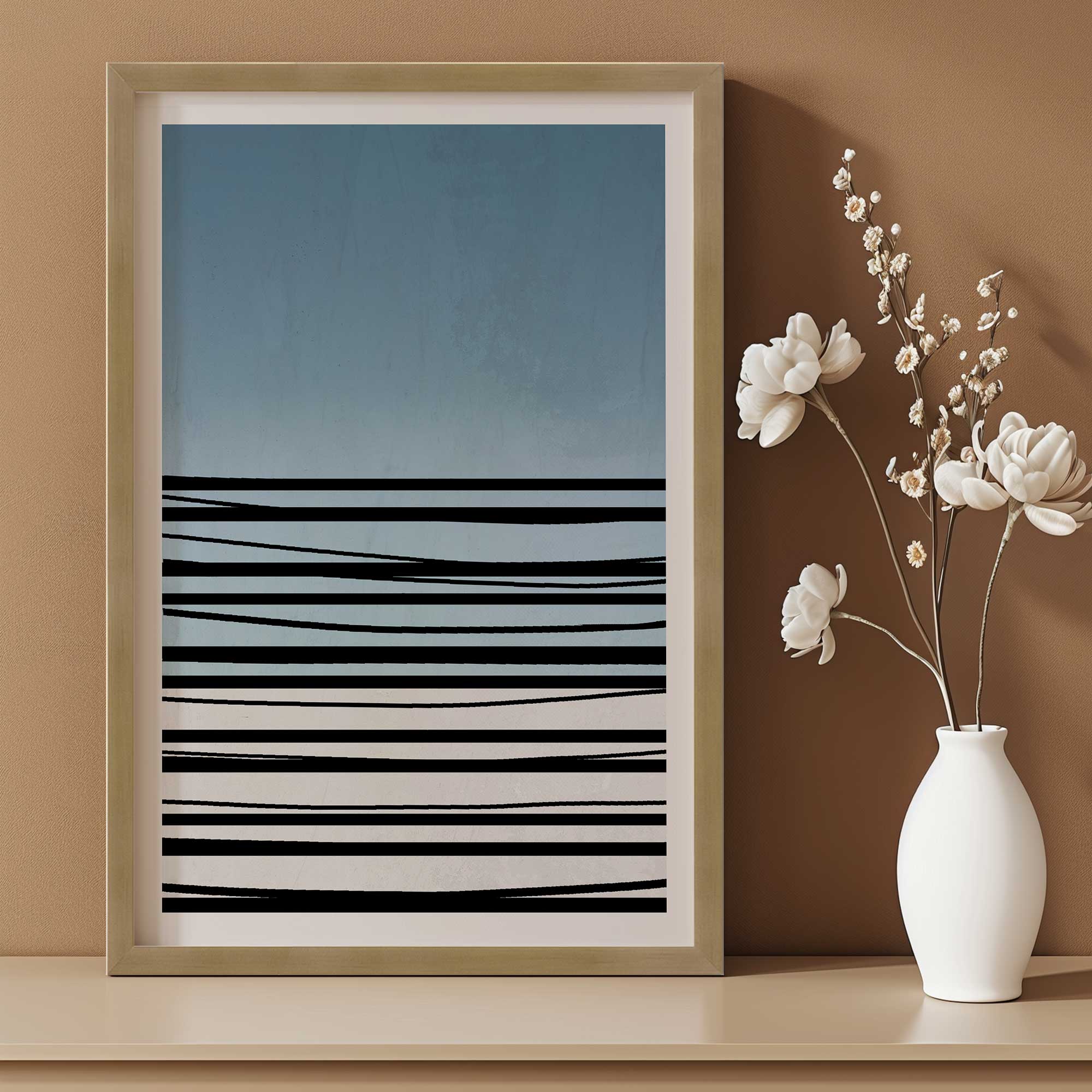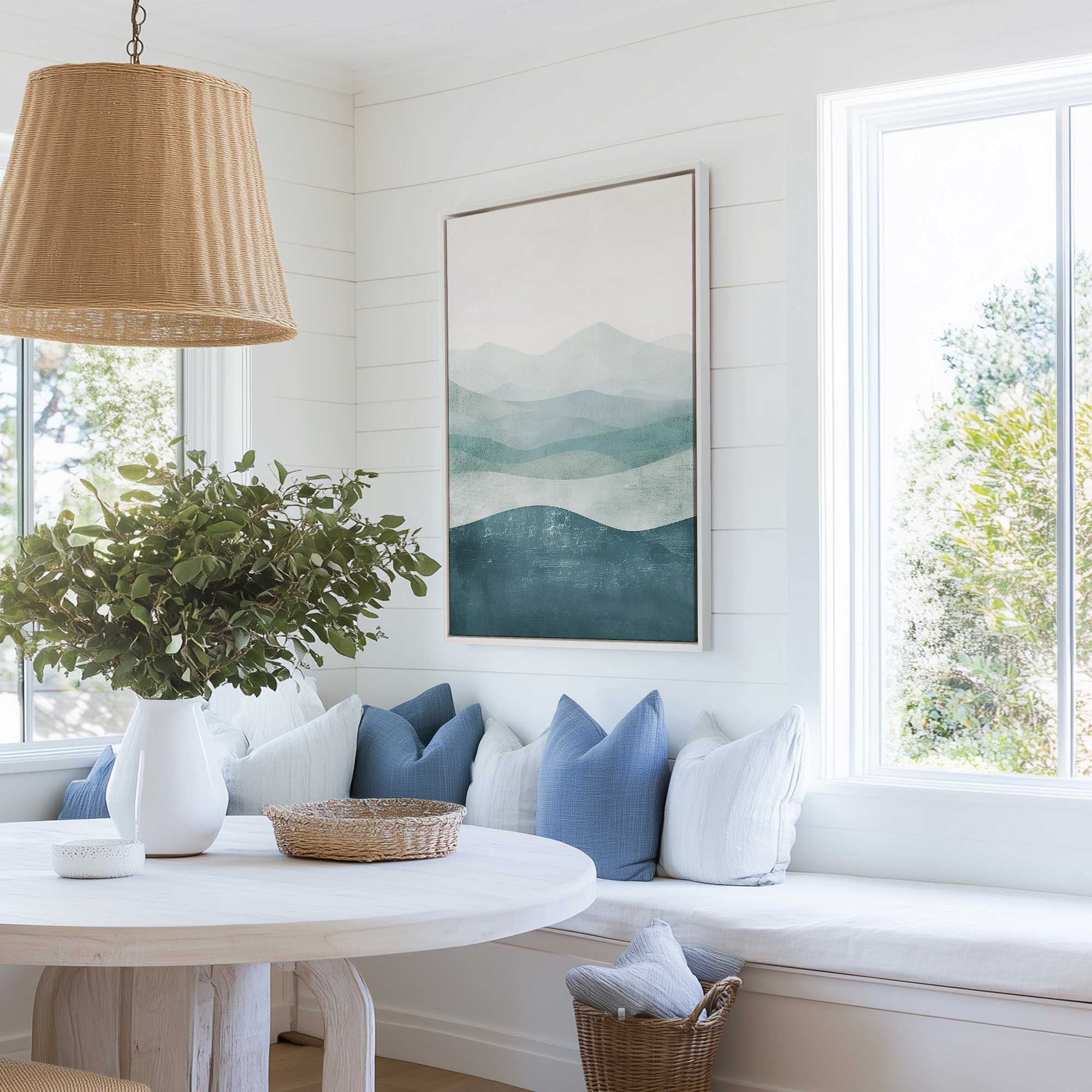If you've ever stood in front of an abstract painting and wondered, What am I supposed to see here?, you're not alone. Abstract art doesn't always offer an obvious subject. Instead, it invites us to feel, imagine, and interpret.
In this post, we’ll explore what abstract art actually is, where it came from, and the different styles that fall under the abstract umbrella. Whether you’re choosing a piece for your home or just curious about the movement, this guide will help you understand the richness and variety that abstract art offers.
What Does "Abstract" Mean in Art?
At its core, abstract art breaks away from the need to depict recognizable subjects. Rather than painting a tree, a person, or a landscape as it looks in real life, abstract artists focus on shape, line, color, and emotion. Sometimes this means simplifying reality into basic forms; other times, it means letting go of representation entirely.
Instead of asking, What is it?, abstract art asks, What does it make you feel?
A Brief History of Abstract Art
Although early examples of abstraction can be seen in ancient patterns and spiritual art, the movement truly took hold in the early 20th century. Artists like Wassily Kandinsky believed that painting could be like music—expressive without needing to "show" anything. From there, abstraction grew into one of the most influential directions in modern art.
Over the decades, it evolved through movements like Cubism, Abstract Expressionism, and Minimalism. Each brought new ideas, but all shared the goal of using form and color as a language in itself—one that speaks directly to emotion and imagination.
The Major Styles of Abstract Art
Abstract art is not one style—it’s a wide-ranging visual language. Here are some of the most important styles to know, along with how each one can transform a room:
Geometric Abstraction
This style is all about structure. Artists use clean lines, shapes, and symmetry to create order and balance. Think of Mondrian’s grids or bold compositions made of circles and triangles.
Geometric abstraction suits modern and minimalist spaces beautifully. Its crisp, orderly feel brings clarity and rhythm, especially in home offices, dining areas, or entryways.
Gestural Abstraction (Action Painting)
In gestural abstraction, the artist’s hand is part of the image—every brushstroke, drip, or smear becomes part of the expression. Jackson Pollock’s famous splatter paintings are iconic here.
These works are full of movement and intensity, perfect for rooms that need an energetic focal point. A large gestural piece above a neutral sofa or on a clean white wall can completely energize a space.
Color Field Painting
Here, the emotion is in the color itself. Artists like Mark Rothko painted large, soft-edged blocks of color designed to create a quiet, immersive mood.
Color field works are ideal for spaces that need calm—bedrooms, meditation rooms, or anywhere you want to soften the visual energy. They’re simple, yet deeply atmospheric.
Minimalist Abstraction
Minimalist abstract art pares things down to their essence. Flat colors, repeated forms, and lots of breathing space make these pieces feel serene and grounded.
In the home, minimalist abstracts bring refinement and balance. They’re especially effective in modern interiors where simplicity and subtlety are key.
Organic or Biomorphic Abstraction
This style is rooted in nature’s shapes—curves, waves, irregular forms that feel alive. These works are less about logic and more about flow.
Organic abstraction pairs well with natural materials and relaxed interiors. It works beautifully in eclectic, bohemian, or earth-toned spaces where the goal is warmth and softness.
Why Abstract Art Works So Well in the Home
Because abstract art doesn’t tell you exactly what to see, it offers flexibility. One piece might evoke different responses in different people—and that’s the beauty of it. It can harmonize with your decor or stand out as a bold statement. It doesn’t compete with the rest of your room—it complements it.
Whether you love color, prefer neutrals, want clean lines or expressive strokes, there’s an abstract style that fits your space and personality.
Feel It, Don’t Define It
At Frametolia, we curate abstract art that’s as high-quality as it is expressive. Our prints are framed by hand using eco-friendly practices and carefully selected mouldings, available as stretched canvas, paper prints, or wood-framed floaters. Whether you're looking for something geometric and structured or soft and fluid, we offer pieces that help you tell your story—without saying a word.
Ready to bring abstract energy into your home? Explore our curated abstract collection and find the piece that speaks to you. Happy Decorating!

